Updates on soldier gear cold weather, targeting, body armor
FORT BELVOIR, Virginia — From cold weather gear to body armor to air crew life preservers, targeting and soldier-borne computing, the epicenter for soldier gear has a host of new or improved items of kit for formations.
Army Times spoke with the commander and staff of Program Executive Office Soldier ahead of this year’s Association of the U.S. Army’s Annual Meeting and Exposition about recent and anticipated gear development and fielding.
What follows is a sample of some of what the program has in the works.
Cold Weather Gear
With a renewed arctic focus on competition with Russian and even Chinese military units venturing into colder climes, the Army kicked off an effort to modernize its soldiers’ gear, some of which had been in use since the beginnings of the Cold War itself.
Earlier this year, PEO Soldier rapidly acquired and fielded Cold Temperature and Arctic Protection System, or CTAPS.
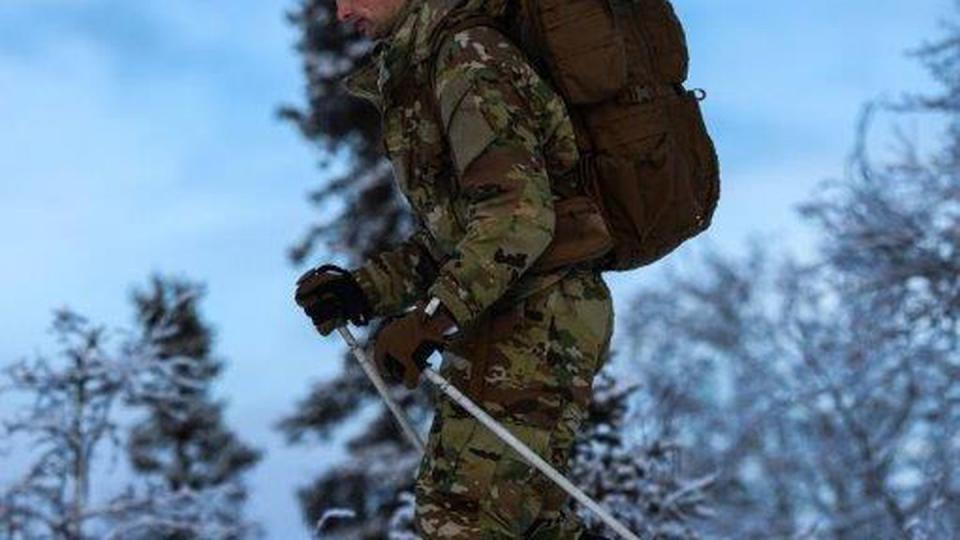
The clothing set includes a base layer, insulated jacket, softshell uniform, cold/wet jacket and trousers and an extreme cold weather parka and set of trousers.
Using newer materials, designers have made the uniform less bulky, which helps with mobility and packing, officials said.
The newer materials also improved moisture management, a killer in cold climates, and the changes provide a more durable layer to reduce rips or tears, which not only damages the clothing but lets in the cold.
Maj. Ryan Cermely, the assistant product manager for CTAPs, told Army Times that the Army deployed 10,000 CTAPS sets in eight months to meet the winter exercise timelines for 11th Airborne Division out of Fort Wainwright and Joint Base Elmendorf-Richardson, Alaska in early 2023.
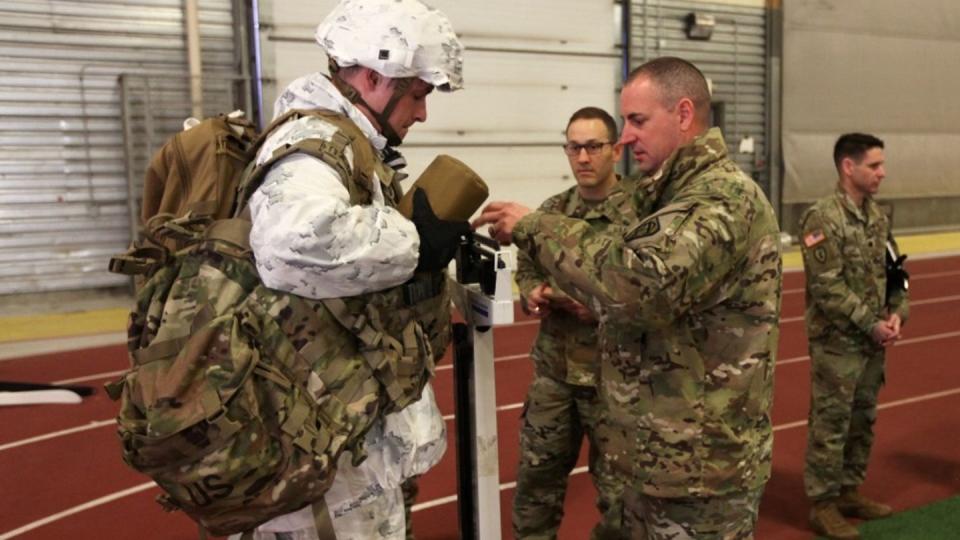
The CTAPS sets are “integrated systems” which means they’re purpose-built to work together to provide warmth, protection, and comfort.
Though nothing’s been made official, new requirements for cold weather gear for all the Army are anticipated, officials said. And feedback from soldiers as well as lessons learned from recent exercises using CTAPS will inform the next set of gear fielded across cold weather area-stationed or rotating units in the Army.
Right now, the service is working on arctic requirements for gear that originated in an analysis by the Maneuver Capabilities Development and Integration Directorate and the 2021 Army Arctic Strategy.
PEO Soldier is looking at current equipment to meet a -65 degree requirement in the Arctic Strategy, office spokesman Alton Stewart told Army Times.
Body Armor
The Army continues fielding the Modular Scalable Vest and its various add-on items across the force. The MSV was the first body armor design to increase the number of available sizes from five to eight, covering a population of smaller stature and female soldiers that previously had to adjust ill-fitting body armor.
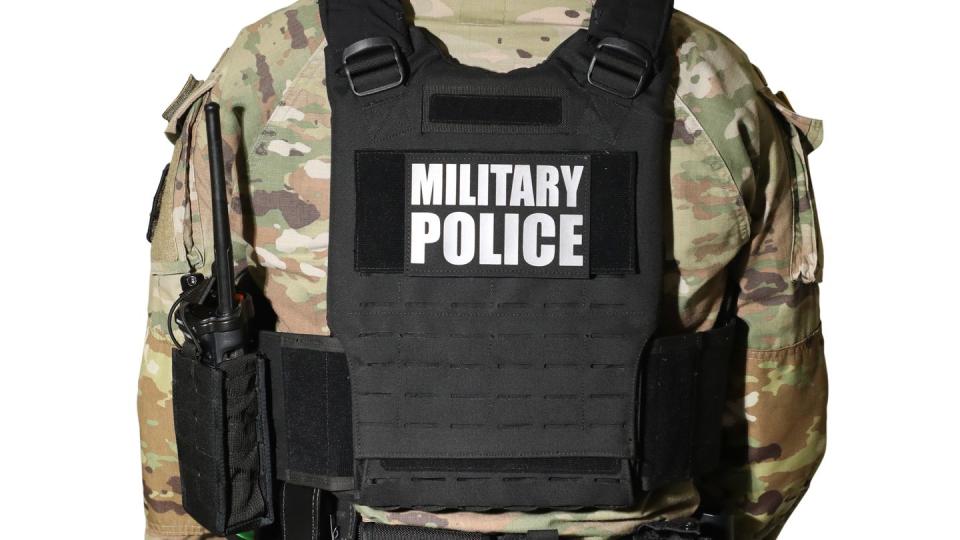
Lt. Col. Ken Elgort, product manager in the larger soldier survivability portfolio, told Army Times that the set, called the soldier protective system, includes the body armor, vest, ballistic combat shirt, helmet, pelvic protector and eyewear.
The Air Force chose the system for its new body armor, Elgort said. Current contracts show the Air Force expects to procure 161,000 MSVs.
Developers also made an all-black version for both contracted and military law enforcement over the past year. The program plans to deliver 22,687 MSV Generation IIs for uniformed military police and 5,666 for Army civilian police and security guards.
The first fielding of the MSV happened in October 2021 with the 82nd Airborne Division. Since then, the service has fielded 45,179 sets and that fielding plan continues across the force through fiscal year 2028.
The focus is on close combat forces such as infantry, engineers, combat vehicle crewmen, field artillery, armor, military police, medics and soldiers in Army Special Operations Command and Security Force Assistance Brigades.
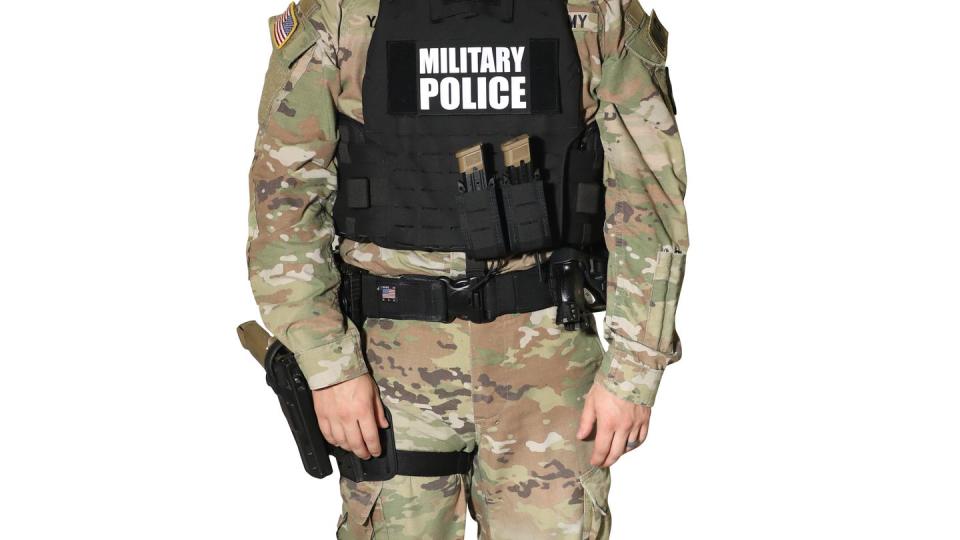
At the same time, the existing Improved Outer Tactical Vest, or IOTV, is in its fifth generation and provides the same ballistic protection as the MSV, officials said.
There are currently 268,003 IOTV variant sets fielded in the Army.
For next steps in body armor, the service is working with Johns Hopkins University in a study of anthropomorphic data to develop better fitting armor, Stewart wrote to Army Times. They’re looking at potentially conformable body armor.
No current replacement is planned for MSV, but ongoing work to reduce load and improve mobility for body armor design continues.
PEO Soldier also recently built its first military-specific bomb suit. Past versions had been adapted from civilian sets.
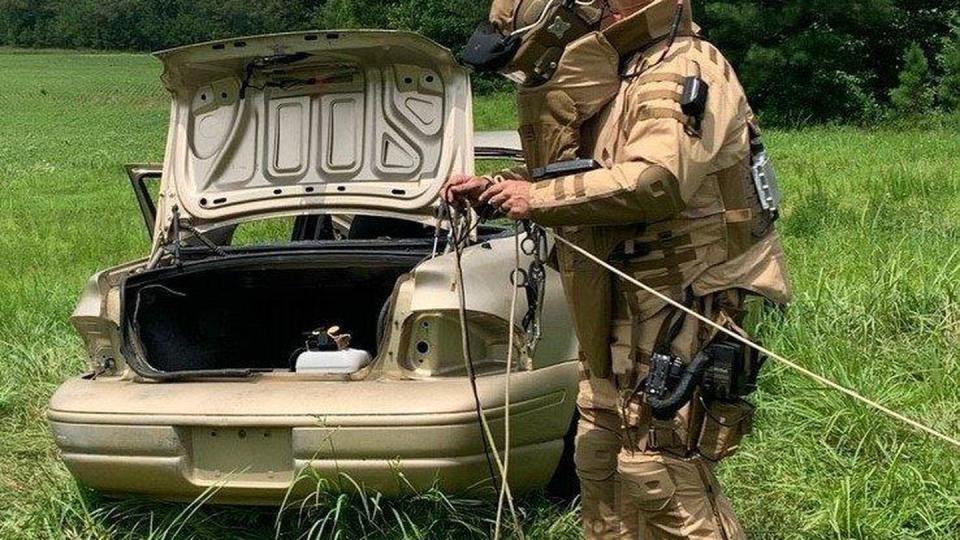
The Next Generation advanced bomb suit features allows users to turn around. Previously, due to vulnerabilities in the suit, technicians had to back away from a device to maintain protection.
The new suit is more flexible, provides 360-degree viewing, includes a built-in sensor suite with thermal and infrared capabilities. That device was formerly strapped on to the suit.
Col. Troy Lindh, program manager for soldier survivability, said that the first unit equipped is planned for late fiscal year 2024.
NETT Warrior
Team leaders have been using the NETT Warrior system for years now. The smartphone-based Tactical Assault Kit software-enabled device helps small unit leaders manage mission tasks, orientation and data at the lowest levels.
The kit is getting ruggedized further and an improved “dock light” for the base that holds the smartphone device. A hardened case and improved microchip allows the NETT Warrior device to use a band like Bluetooth wireless to display augmented reality in the Army’s Enhanced Night Vision-Binocular.
Maj. Laura Houck, NETT Warrior assistant product manager, told Army Times that they’ve managed to reduce the cost of the system, added the dock light and cut the weight of the cables that connect everything.
This past year alone, more than 70,000 pieces of kit were fielded to four different brigade combat teams, from 2nd BCT, 11th Airborne Division in Alaska to both 2nd and 3rd BCTs, 101st Airborne Division at Fort Campbell, Kentucky and 2nd Cavalry Regiment in Germany.
The 1st BCT, 10th Mountain Division in Fort Drum, New York and units in U.S. Army Special Operations Command and all the Army’s Security Force Assistance Brigades will receive a “technology refresh” into fiscal year 2024, she said.
That refresh will include new flat cables, the dock light and a conformable wearable battery.
The Army plans an award announcement for the next-generation end-user device, currently an Android smartphone, by 1st quarter fiscal year 2025.
Joint Effects Targeting System
The Joint Effects Targeting System began fielding in 2018 with the promise to turn a howitzer into a sniper rifle while simultaneously lightening the load on soldiers.
JETS is a man-portable, handheld target observation, location and designation system for day or night and all-weather use.
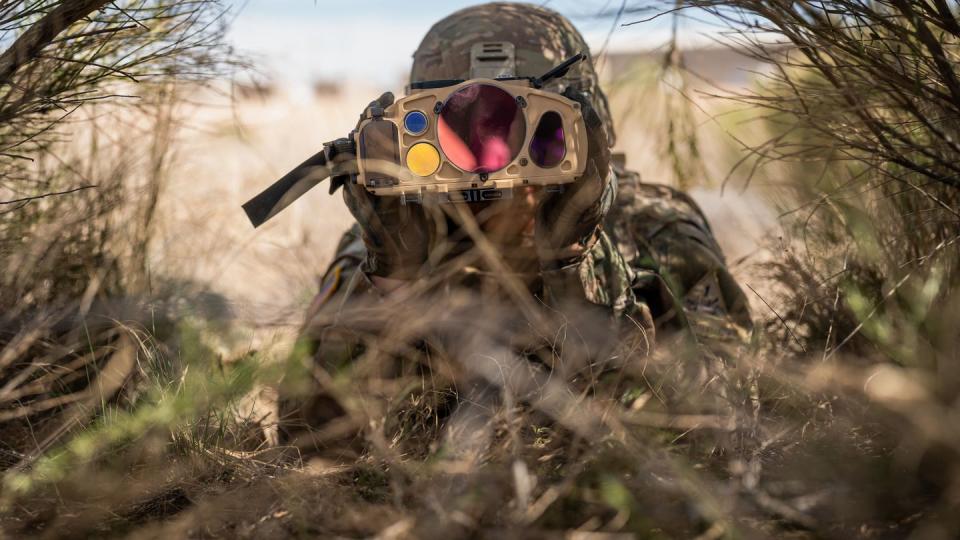
The system includes a handheld target location module, a laser marker module and a precision azimuth vertical angle module.
It uses a variety of navigation technology, including celestial navigation and calculating the spin of the Earth. Before fielding artillery paratroopers at then-Fort Bragg, North Carolina jumped the system and fired both mortar and artillery missions, Army Times reported in 2017.
At that time, users told Army Times that the previous 15-20 minute targeting sequence they needed for the legacy system shrunk to fewer than a few minutes to locate, identify and send targeting information.
JETS can be broken down and used in a slimmer form. The entire system weighs less than 19 pounds, nearly half the legacy system. But a handheld piece that can still mark targets accurately weighs less than 6 pounds, according to Army data.
The program office is nearing an award on a JETS II contract, that Maj. Sean McCune said will make JETS mcode compatible, the new standard for encrypted global positioning communication, lighten the device and improve both range and accuracy. Further details were not immediately available.
Air Crew gear
The Army’s recently worked on improving protection and comfort for not only its ground force but for air crews.
The Air Crew Combat Equipment, or ACE, started fielding in recent years and continues apace, officials said.
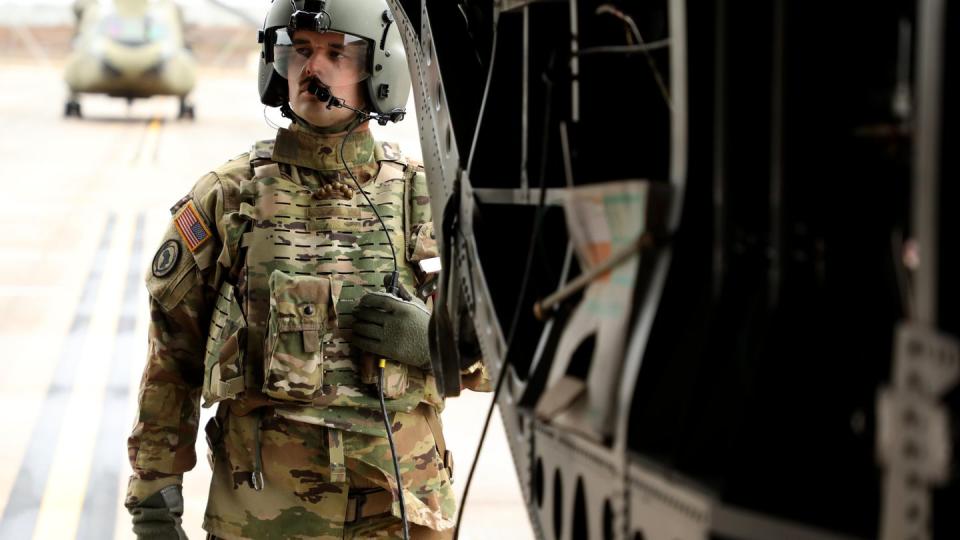
The redesigned equipment is a third lighter than existing gear, officials said. Developers have shaved nearly 10 pounds from the 30-pound load carrier and reduced the overall system’s bulk by 15%.
Legacy equipment required air crew members to use body armor with no load carrier then put the load carrier over the body armor as well as a harness system to use when encountering a downed crew member.
The new system uses the existing Modular Scalable Vest, combining the body armor with the carrier system.
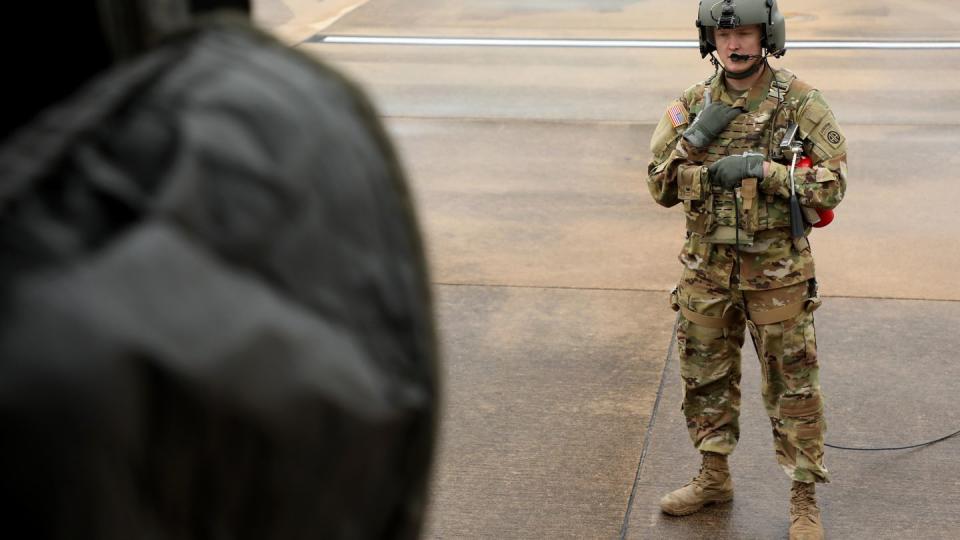
They’ve also added a quick-release tether and a repositioned life preserver. Legacy systems inflate the preserver under the user’s head while the new system inflates under the armpits, allowing for better use of the hands in a survival situation.
This past year the service fielded 150 ACE vests with life preservers to the 25th Combat Aviation Brigade out of Hawaii. Another 18,000 ACE vests are slated for fielding to the remaining 11 combat aviation brigades across the active, Guard and Reserve, Stewart wrote.
The new life preserver will be fielded in conjunction with the new vests.

